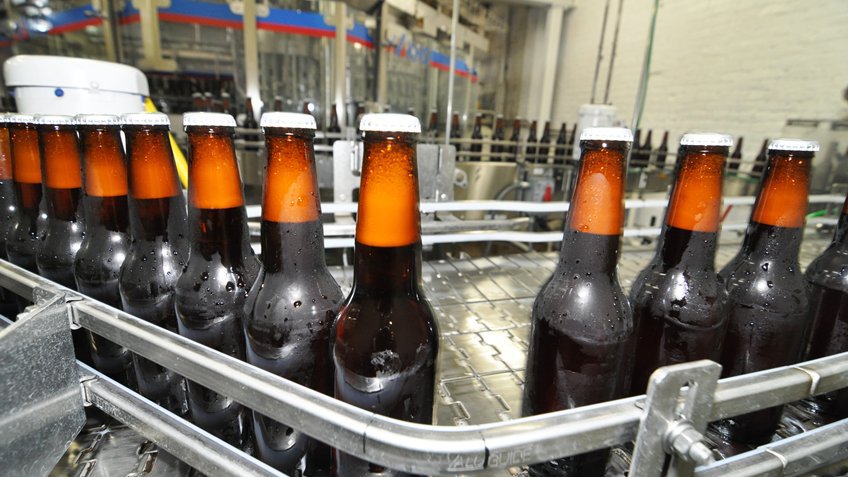When talking about a place to start, here’s where you can help end users save real money: a typical lockout/tag-out downtime event.
Consider an improvement of just one minute to an entire lockout/tag-out process that averages 12 minutes.
This improvement is about 8% of the current MTTR – but the savings add up over time.
If the production value per minute equals $1,000 and a manufacturer has an average of eight downtime events per day in 350 production days per year, their savings would amount to $2.8 million annually.
Here’s how that looks:
- 1 minute of gained uptime per event
- $1,000 production value per minute
- 2,800 downtime events per year
- 1 minute x $1,000 x 2,800 events = $2.8 million improved production annually
Understand and Work With Standards
Both U.S. and Canadian standards require lockout/tag-out during machinery servicing to prevent unexpected start-up, energization or release of stored energy that could cause injury.
That often means performing the exhaustive lockout/tag-out process several times per day for servicing events.
The standards, however, do provide exceptions for minor tool changes and adjustments, and other minor-servicing activities.
When you understand the standards (including ANSI/ASSE Z244.1 and CSA Z460) and alternative measures, that’s when you can achieve significant productivity gains.
This whitepaper, "Design Your Safety System for Improved Uptime," (PDF) will guide you through some of the core contemporary safety technologies, relevant standards and industry application examples – all with the goal of maximizing safety while enhancing machinery uptime.
It’s part of a larger body of work and a key consideration for developing smart machines and equipment (PDF).


